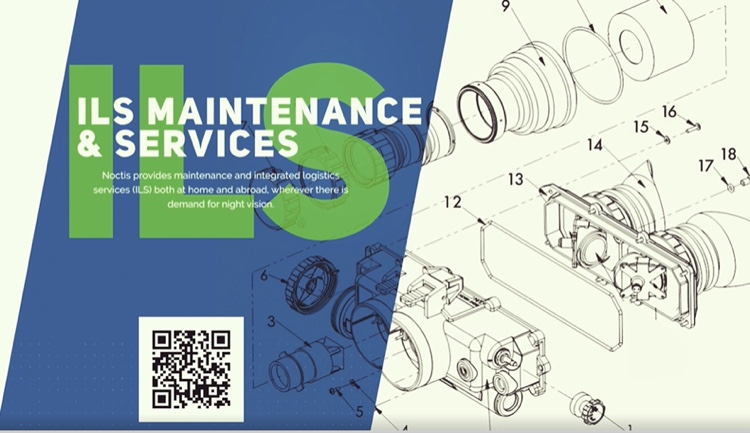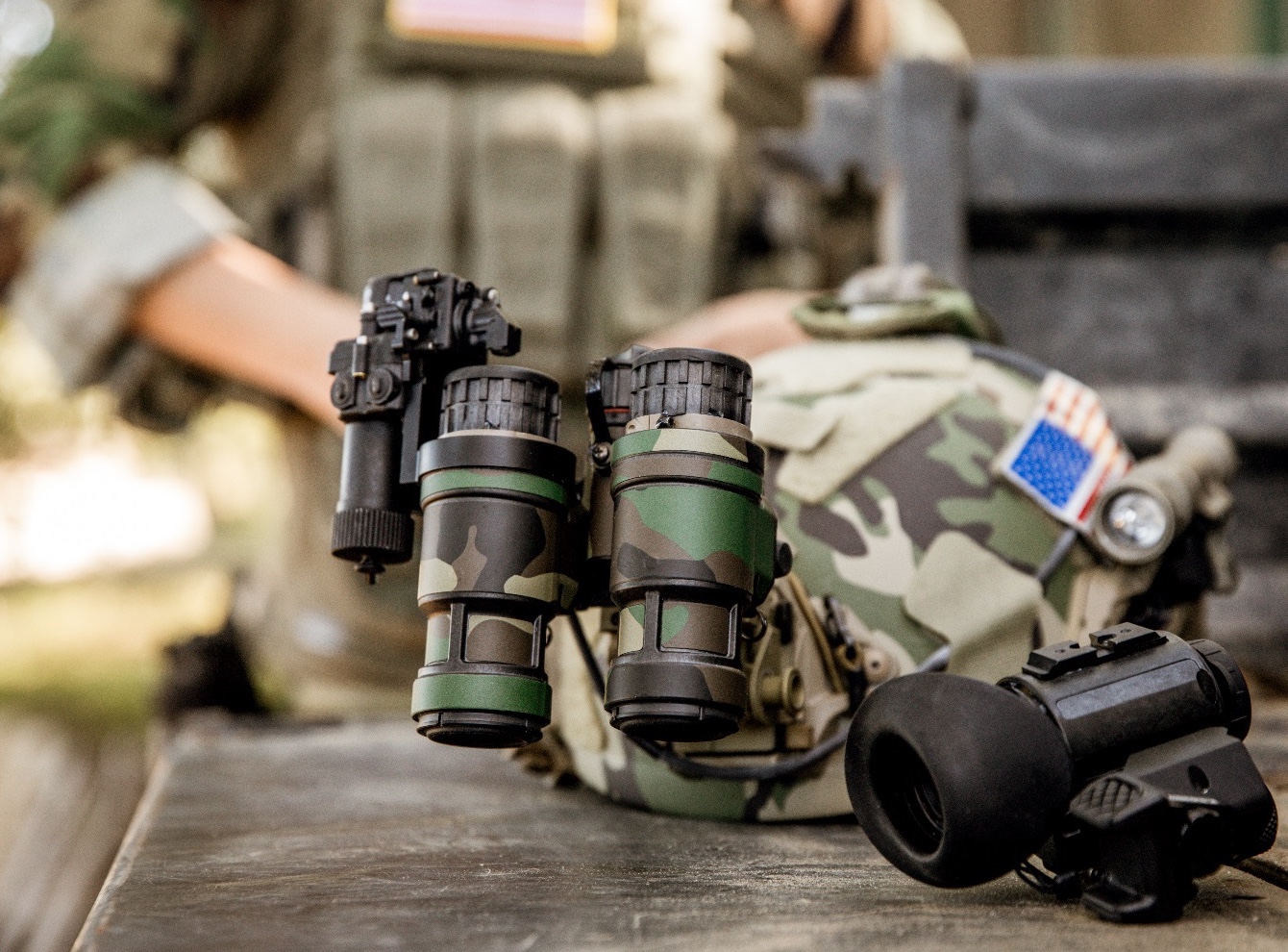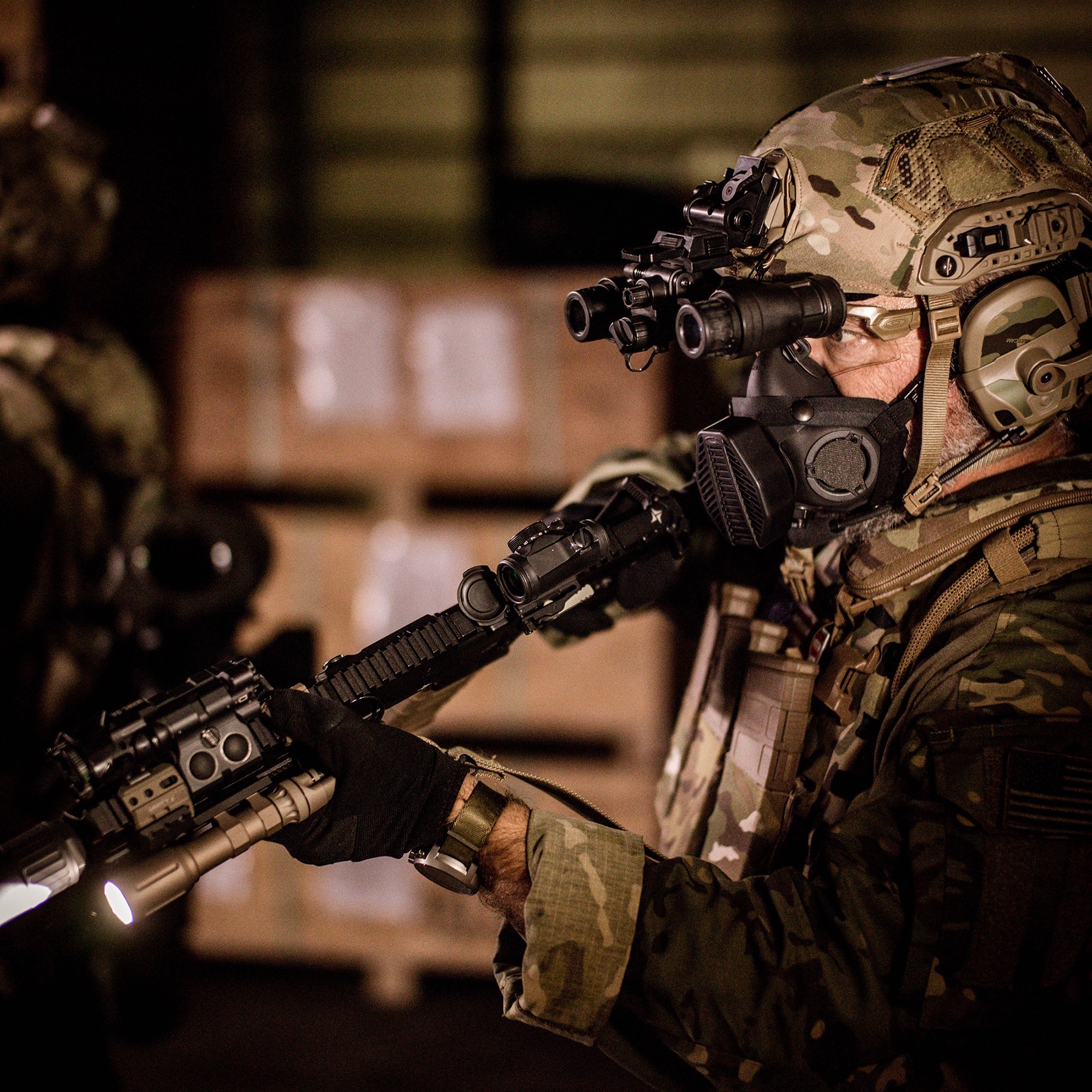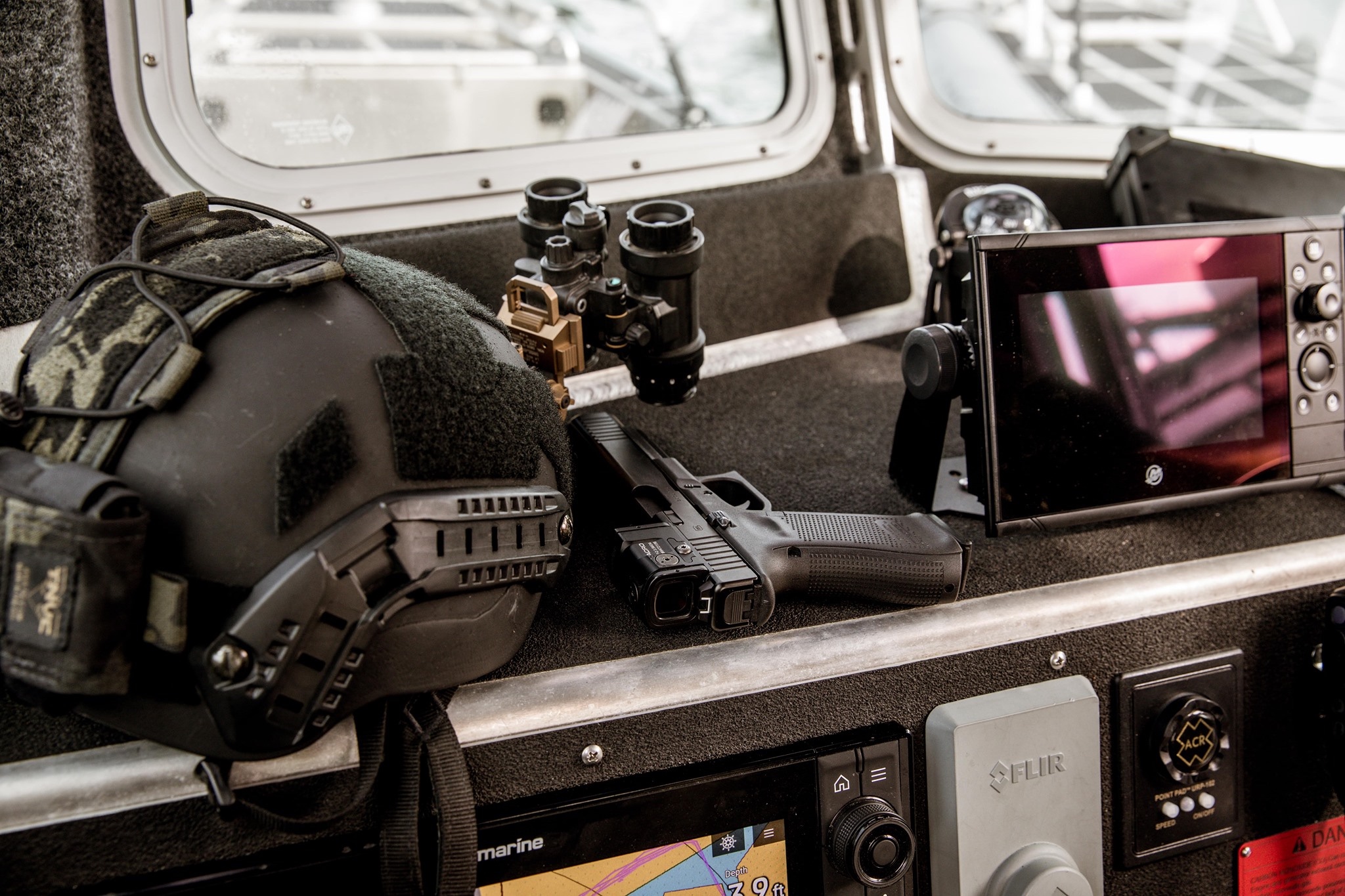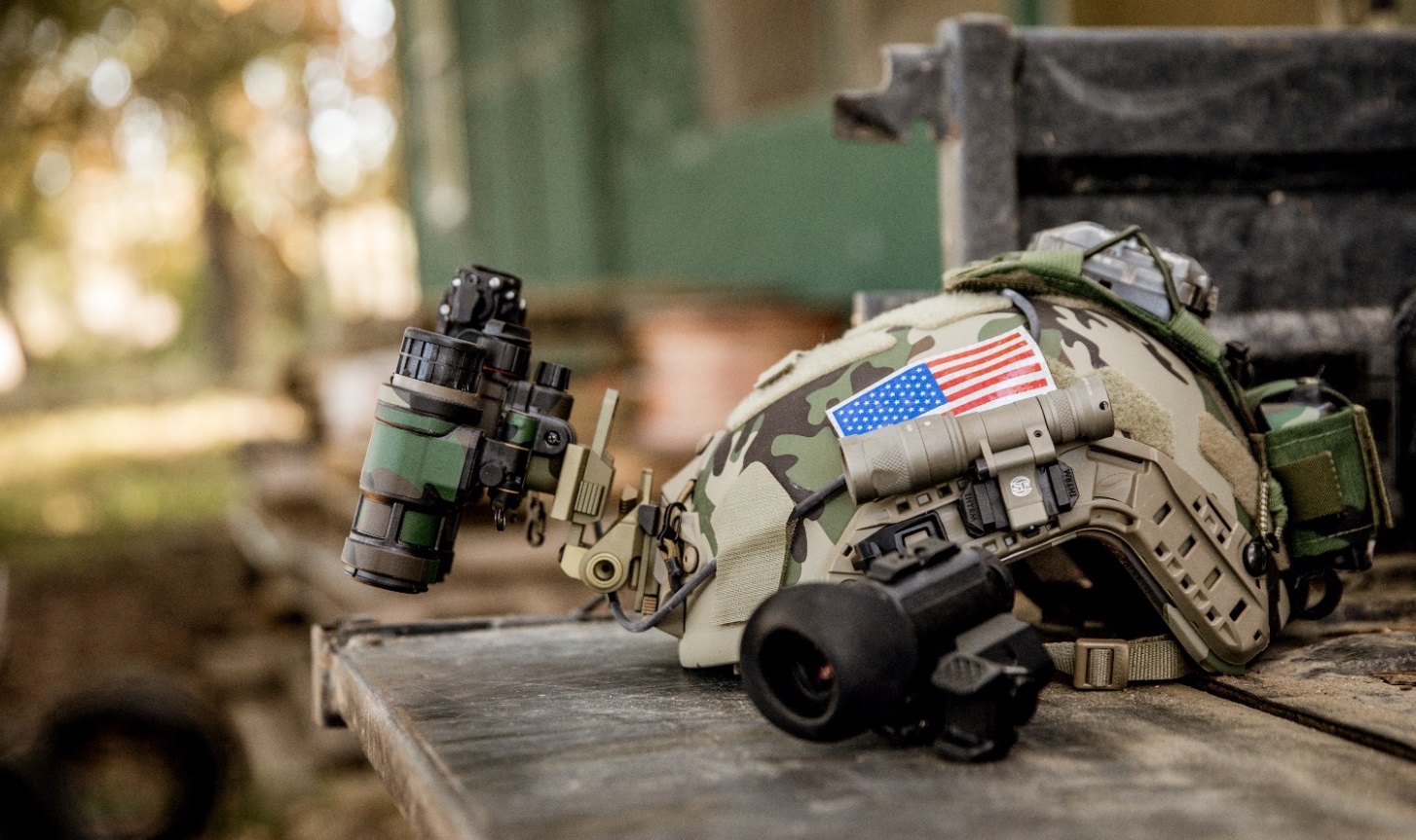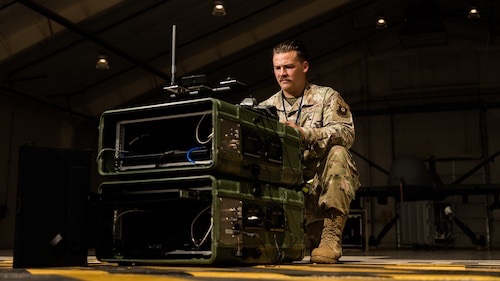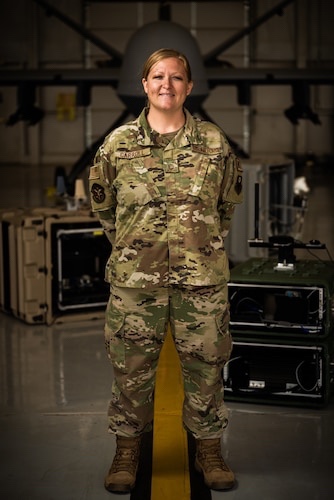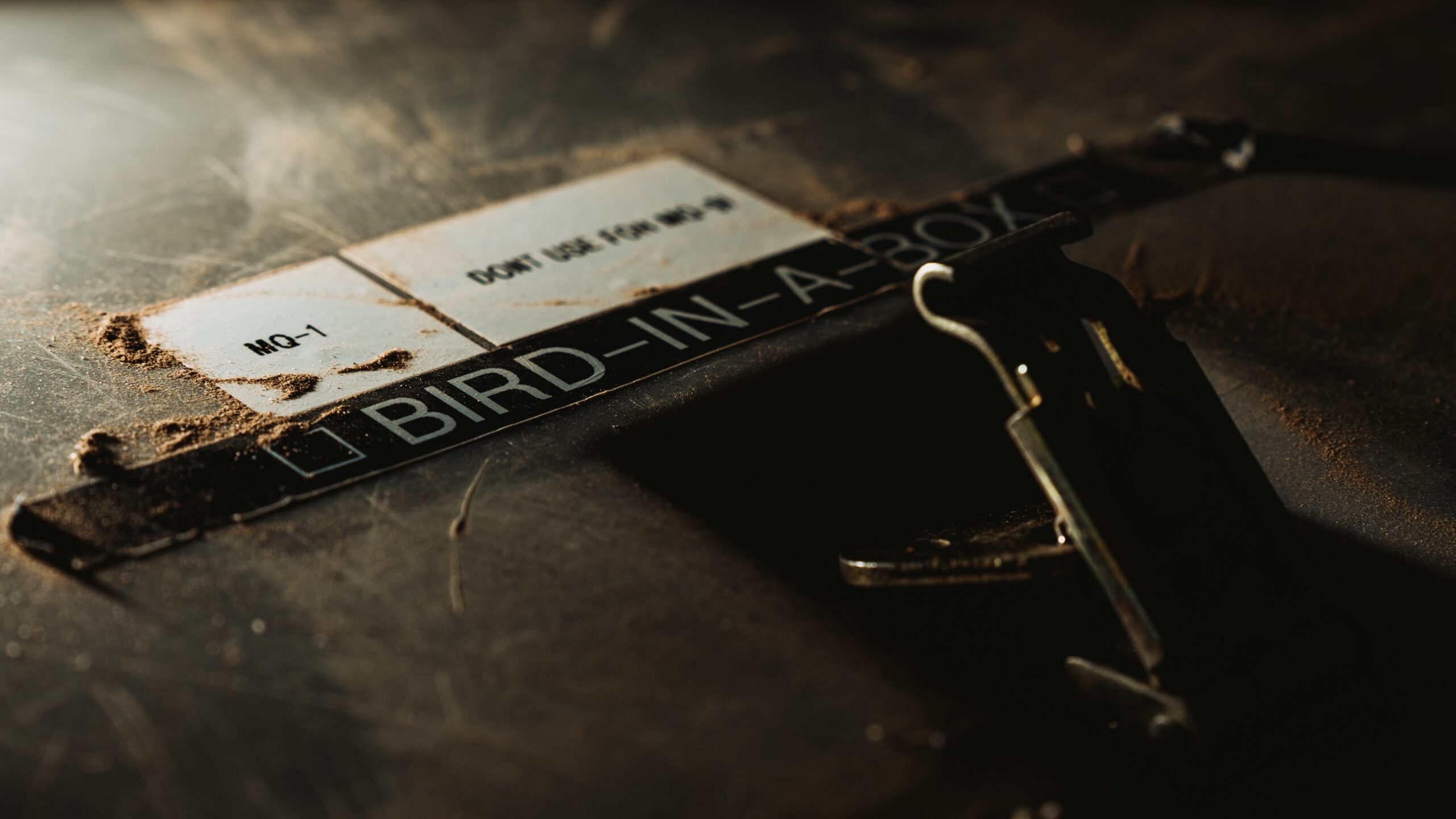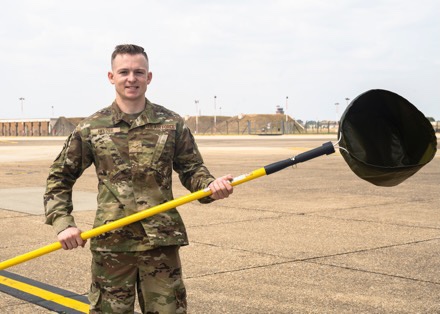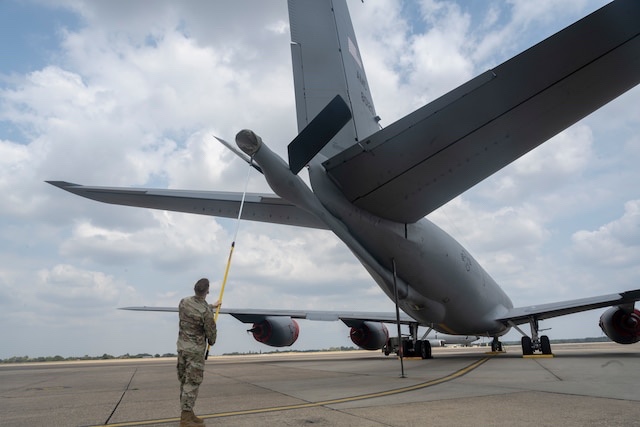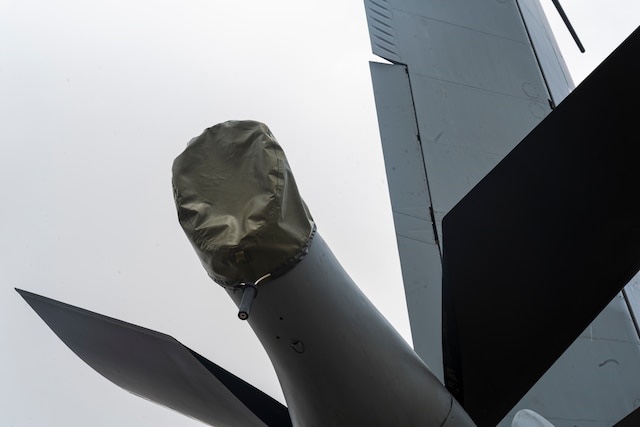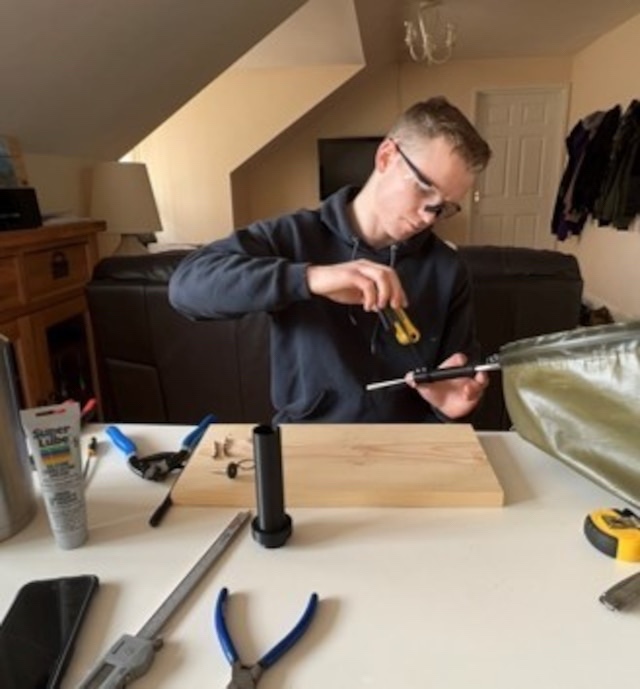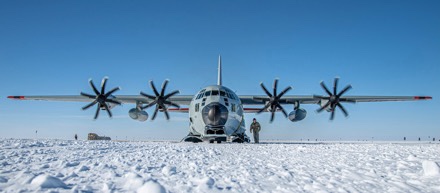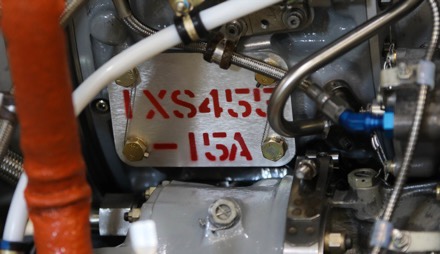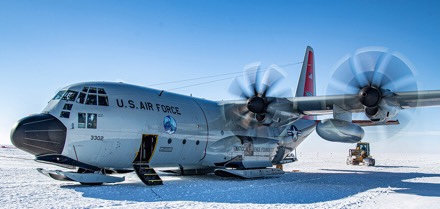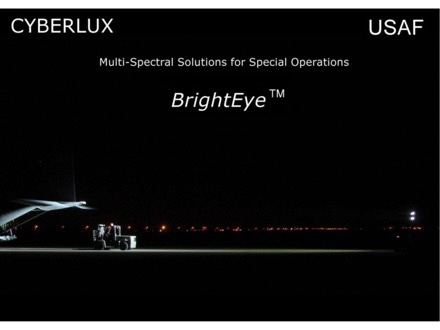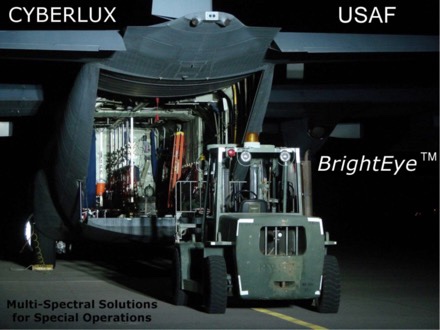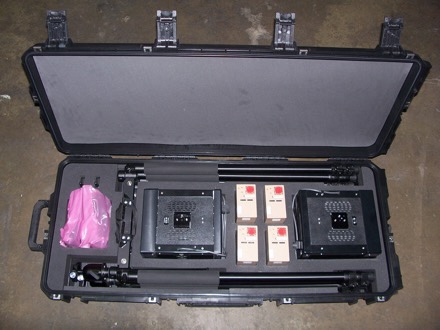MOODY AIR FORCE BASE, Ga. (AFNS) —
In preparation for the Air Force’s newest rescue platform’s first deployment, Airmen from the 41st Rescue and Rescue Generation Squadrons conducted extensive training to learn the intricacies of the new HH-60W Jolly Green II.

As a result of the increase in training, the 41st RQS expended more of the aircraft’s hoist cables than anticipated, lending to a potential shortfall. A team of 41st RGS maintenance Airmen, however, quickly recognized the need to replace these cables and jumped at the chance to accelerate change and make an Air Force-wide impact.
“Our maintenance Airmen have a won’t-fail mentality and are constantly working to make things better not only for the 23rd Maintenance Group but for the entire Air Force,” said Col. Jason Purdy, 23rd MXG commander.
These hoists are critical to the success of combat search and rescue operations. They are used in high-stakes scenarios to rescue individuals in dangerous or remote areas that aren’t accessible by ground transportation, or if the victim is trapped by fire or water.

Recognizing the need to adapt, the Airmen came together and discovered they could circumvent the supply shortage by using the HH-60G Pave Hawk cables in the HH-60W with only slight modifications.
“We used our subject matter expertise to troubleshoot the issue,” said Staff Sgt. Nicholas Cellini, 41st RGS flying crew chief. “We improvised and adapted to overcome the supply shortage, by using a cable that we know is reliable and the Air Force has plenty of.”
Cellini and his counterparts went to the field training detachment hoist trainer to test and write the operating procedures for converting the HH-60G cables for use in the HH-60W. The process ensured the safe use of the hoist cables by synchronizing the speed in which they extend at the appropriate points of the cable.

The 41st RGS submitted an engineer request and engineers from Warner Robins Air Force Base came to Moody AFB to provide safety checks and approve the process.
With the process approved and implemented, the rescue Airmen ensured the HH-60W was fully mission-capable and ready to deploy by Air Combat Command’s initial operational capability deadline.
“Finding and testing this information and realizing it can work for us is going to make a huge difference knowing there will never be a shortage of cables,” said Master Sgt. Jonathan Holford, 41st RGS production superintendent.
Discovering innovative solutions for unpredictable circumstances is a testament to the Airmen who feel empowered to do so. The Airmen with the 41st RGS said they feel confident in providing creative solutions to these shortfalls thanks to their leadership.
“People say aircraft maintenance is pretty black and white, but some of it’s not,” Cellini said. “Our leadership is open to ideas; as long as it’s safe and we can effectively and efficiently accomplish it, our whole chain of command will back us.”
Holford attributed the success of the organization to this leadership philosophy and the teamwork mentality fostered within the unit.
“We encourage Airmen to solve problems,” Holford said. “We always want to afford them the opportunity to fail, but we fail together; we learn from it and continue to grow on what we learned.”
The mission relies on Airmen’s ingenuity and initiative to succeed, and Moody AFB Airmen have exemplified these traits throughout the transition to the HH-60W.
“I’m very proud of our maintainers for leading the way on the HH-60W fleet,” Purdy said. “Whether it’s been a hoist, a gun system, or a lapse in technical data, our Airmen developed ways to make the entire program better.”
Story Airman 1st Class Deanna Muir, 23rd Wing Public Affairs
Photos by Staff Sergeant Devin Boyer



